Elon Musk’s company Neuralink wants to put a computer chip in everyone’s brain. But the new tech comes with big risk.



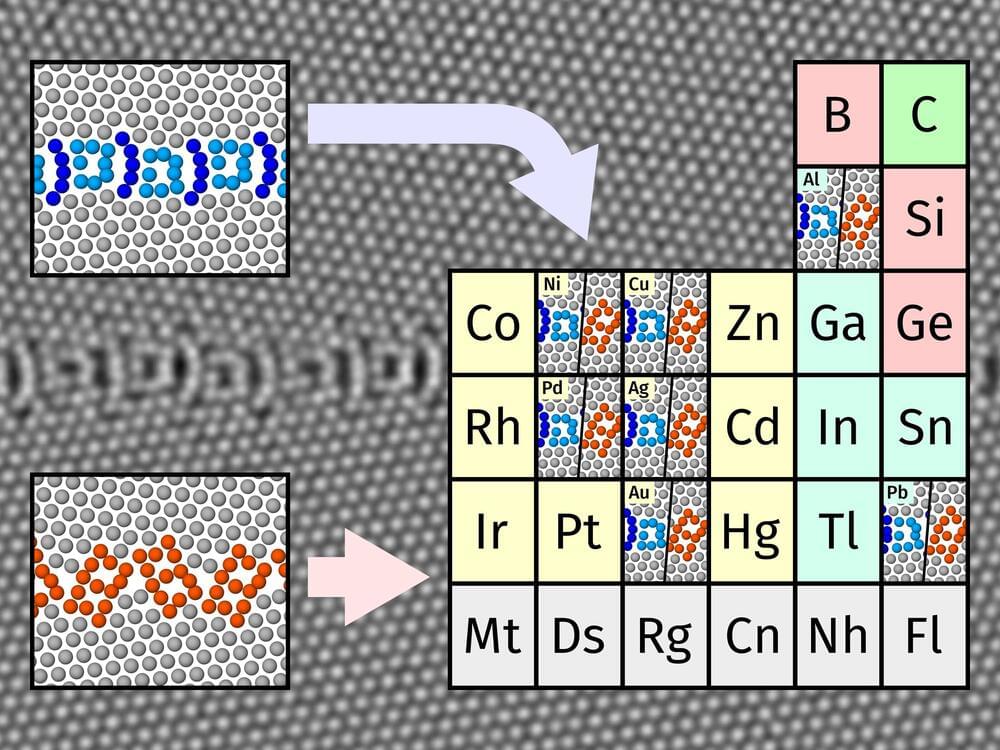
How will materials behave under certain conditions? And how to make materials more robust? These two questions are crucial to design advanced materials for structural and functional components and applications. A close look at the underlying atomic structures and especially their defects is necessary to understand and predict material behavior.
Electrical conductivity, strength and fracture resistance are for example influenced by grain boundaries. It is known that grain boundaries—despite being defects—have their own ordered atomic structures, which can influence or even dominate material properties. However, their experimental observation requires precise and time-consuming atomic resolution imaging and is limited to the investigation of specific, individual cases.
But are these cases generalizable for all metals? A researcher team of the Max-Planck-Institut für Eisenforschung (MPIE) utilized computer simulations to show that the same atomic arrangements occur in a whole group of metals, namely fcc metals, thus proving that the “special cases” investigated in the experiments are not really exotic, but common.
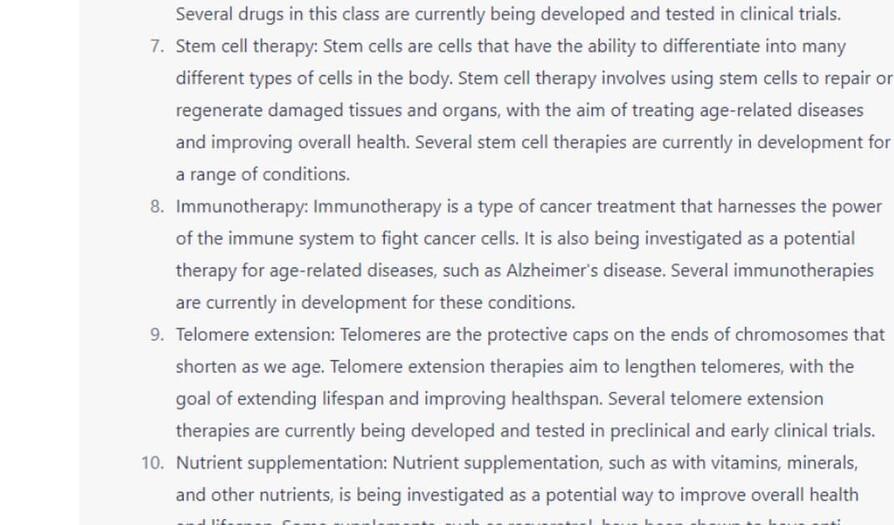
I wanted to test how well endowed is ChatGPT in the field of Longevity. For that matter I asked the following two questions: Which are the most promising therapies which are being developed to significantly extend healthy lifespan in humans using 4,000 characters (about maximum lenght to be readable in one page).
Which are the most promising therapies to achieve epigenetic cellular rejuvenation.
I created a two-page document in PDF with a screenshot of the responses for the two questions, so to show them exactly as they appeared in my laptop (no editing by me whatsoever).
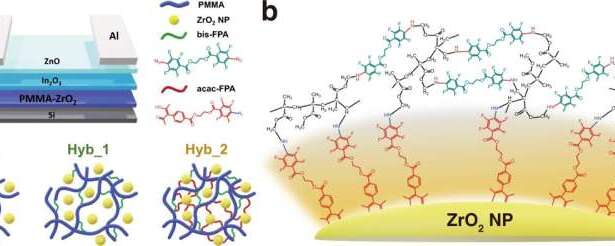
Advances in display technologies prompt the development of electronic products with foldable and flexible panels. Flexible displays have thin-film transistors (TFTs) built in that act as an on/off light switch for the display. At the same time, important considerations for the advancement of next generation displays include electrical charge transmission velocity, operation stability, and production cost reduction.
Recently, a research team at POSTECH has proposed a highly efficient crosslinking strategy for a dense and defect-free thin-film organic-inorganic hybrid dielectric layer. The findings from the study were published in Nature Communications.
The global evolution of IoT has raised interest in metal-oxide semiconductor-based circuits with low standby power consumption. Attention has been particularly keen on TFT materials capable of low-cost solution processing. Among several solution-processable semiconductors, metal oxides are regarded as the most successful material platforms for TFTs mainly because of their high charge carrier mobility and operational stability.
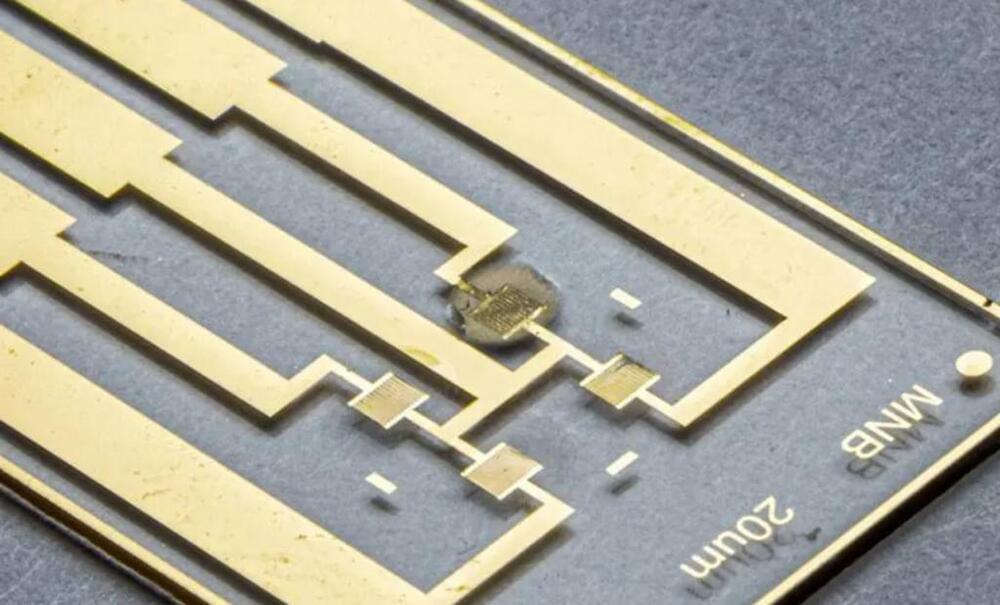
A single drop of blood from a finger prick. A simple electronic chip. And a smartphone readout of test results that could diagnose a Covid-19 infections or others like HIV or Lyme disease.
It sounds a bit like science fiction, like the beginnings of the medical tricorder used by doctors on Star Trek. Yet researchers at Georgia Tech and Emory University have taken the first step to showing it can be done, and they’ve published their results in the journal Small.
Postdoctoral fellow Neda Rafat and Assistant Professor Aniruddh Sarkar created a small chip that harnesses the fundamental chemistry of the gold-standard lab method but uses electrical conductivity instead of optics to detect antibodies and indicate infection.
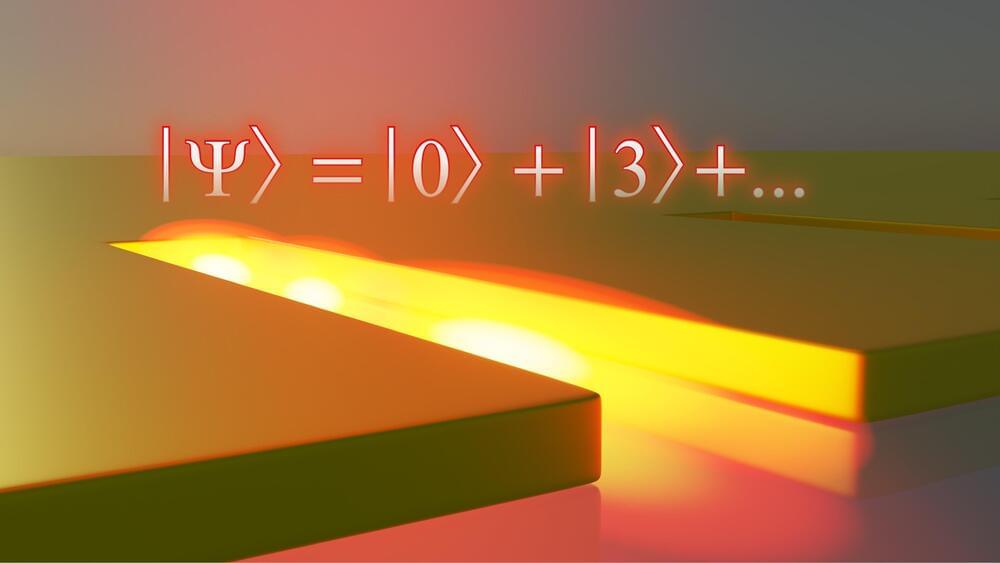
Whether the light in our living spaces is on or off can be regulated in everyday life simply by reaching for the light switch. However, when the space for the light is shrunk to a few nanometers, quantum mechanical effects dominate, and it is unclear whether there is light in it or not. Both can even be the case at the same time, as scientists from the Julius-Maximilians-Universität Würzburg (JMU) and the University of Bielefeld show in the journal Nature Physics (“Identifying the quantum fingerprint of plasmon polaritons”).
“Detecting these exotic states of quantum physics on the size scales of electrical transistors could help in the development of optical quantum technologies of future computer chips,” explains Würzburg professor Bert Hecht. The nanostructures studied were produced in his group.
The technology of our digital world is based on the principle that either a current flows or it does not: one or zero, on or off. Two clear states exist. In quantum physics, on the other hand, it is possible to disregard this principle and create an arbitrary superposition of the supposed opposites. This increases the possibilities of transmitting and processing information many times over. Such superposition states have been known for some time, especially for the particles of light, so-called photons, and are used in the detection of gravitational waves.

Elon Musk wants to put a computer chip in your brain. Well, maybe not in your brain, but in the brain of some human somewhere.
Musk’s neurotech startup, Neuralink, has been working toward implanting its skull-embedded brain chip in a human since it was founded in 2016. After years of testing on animal subjects, Musk announced in December that the company planned to initiate human trials within six months (though this wasn’t the first time he’d said these trials were on the horizon).
Neuralink has spent over half a decade figuring out how to translate brain signals into digital outputs – imagine being able to move a cursor, send a text message, or type in a word processor with just a thought.
Physicists proposed that advanced extraterrestrial civilizations are using black holes in their quantum computers since they are abundant in quantum information. Read the article to learn more.
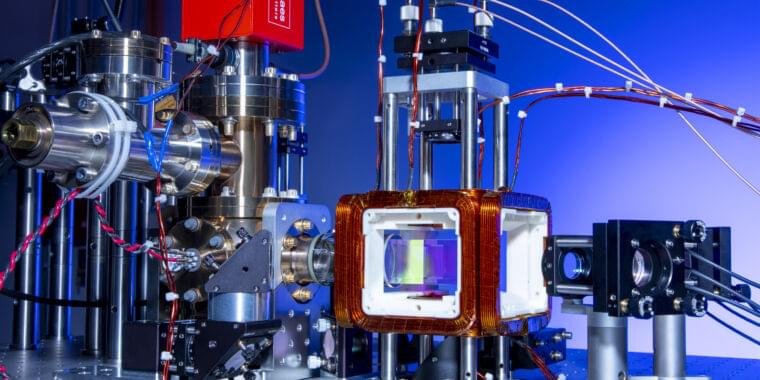
Quantum computing has entered a bit of an awkward period. There have been clear demonstrations that we can successfully run quantum algorithms, but the qubit counts and error rates of existing hardware mean that we can’t solve any commercially useful problems at the moment. So, while many companies are interested in quantum computing and have developed software for existing hardware (and have paid for access to that hardware), the efforts have been focused on preparation. They want the expertise and capability needed to develop useful software once the computers are ready to run it.
For the moment, that leaves them waiting for hardware companies to produce sufficiently robust machines—machines that don’t currently have a clear delivery date. It could be years; it could be decades. Beyond learning how to develop quantum computing software, there’s nothing obvious to do with the hardware in the meantime.
But a company called QuEra may have found a way to do something that’s not as obvious. The technology it is developing could ultimately provide a route to quantum computing. But until then, it’s possible to solve a class of mathematical problems on the same hardware, and any improvements to that hardware will benefit both types of computation. And in a new paper, the company’s researchers have expanded the types of computations that can be run on their machine.